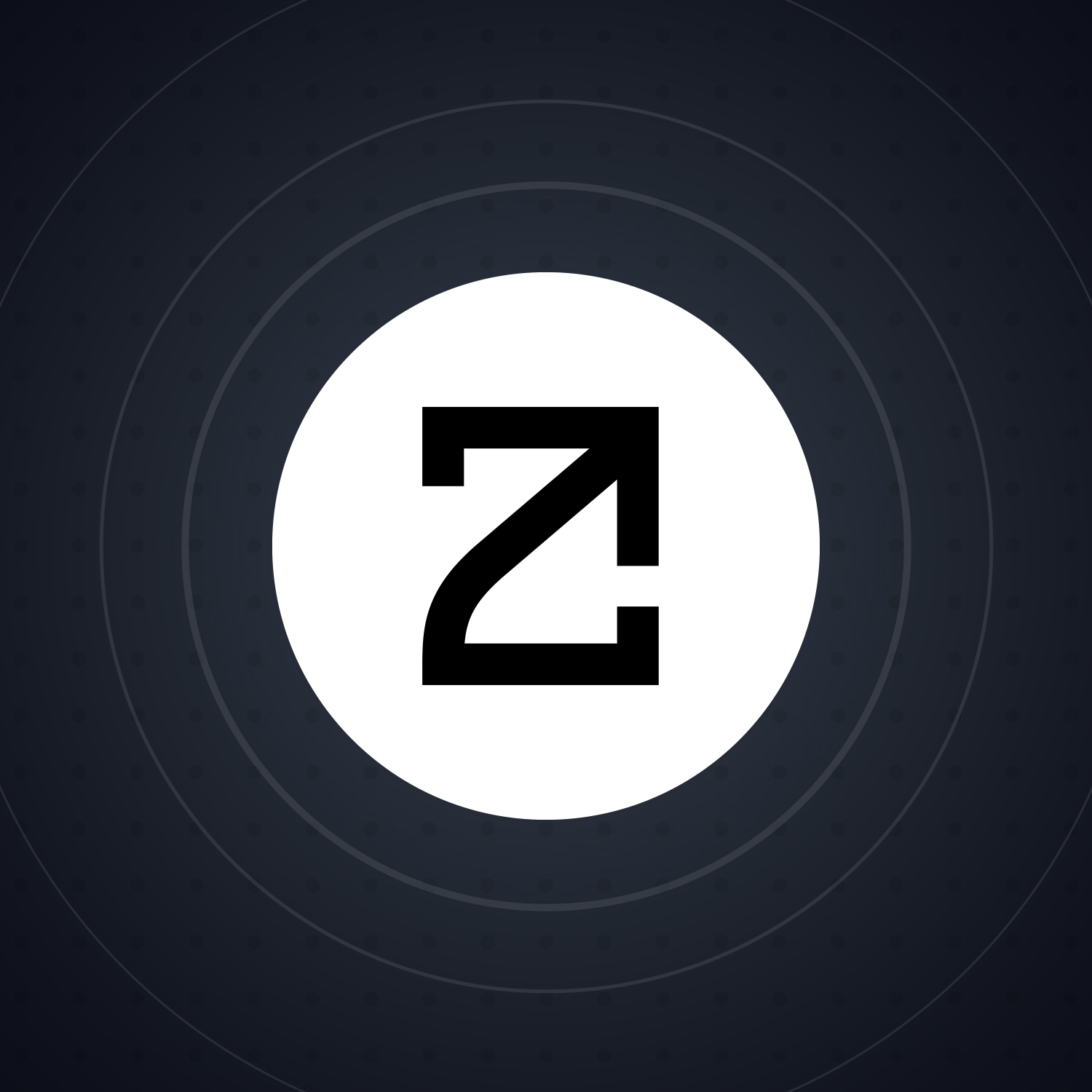The blockchain ecosystem has made significant strides, but one enduring problem remains: interoperability across different networks. ZetaChain seeks to address this challenge by providing a seamless solution for cross-chain communication, connecting both smart-contract-enabled and non-smart-contract blockchains like Bitcoin and Dogecoin. As a Layer 1 blockchain, ZetaChain allows decentralized applications (dApps) to interact across multiple chains without the complexity of wrapping tokens, paving the way for a more interconnected blockchain future.
What is ZetaChain?
ZetaChain is a groundbreaking Layer 1 blockchain designed to bridge isolated blockchain networks, offering true cross-chain interoperability. Unlike other blockchains, ZetaChain enables omnichain dApps (odApps) that can access liquidity and data across multiple blockchains from a single contract. Founded by Ankur Nandwani, a former Coinbase employee and co-creator of Basic Attention Token (BAT), ZetaChain’s main goal is to create a unified Web3 platform
Key Features of ZetaChain:
- Omnichain Smart Contracts
ZetaChain’s omnichain smart contracts enable dApps to work seamlessly across different blockchains, including non-smart-contract chains like Bitcoin. This feature allows developers to build cross-chain applications, simplifying the process of managing assets across multiple networks.
- Cross-Chain Communication
ZetaChain provides seamless communication between blockchains, allowing for the transfer of assets and data between various ecosystems. Its chain-agnostic approach lets users and developers interact with assets and dApps across Ethereum, Binance Smart Chain, Cosmos, and more, fostering a more interconnected blockchain environment.
- Support for Non-Smart-Contract Chains
ZetaChain extends its functionality to non-smart-contract chains like Bitcoin and Dogecoin, allowing developers to use assets from these chains within their applications. This adds versatility to decentralized applications and opens up new use cases for blockchain technolog
The ZETA Token
ZETA is the native token that powers the ZetaChain ecosystem, facilitating transaction fees, cross-chain value transfers, and governance. The ZETA token enables users to transfer assets between chains without the risks associated with wrapped tokens. This burn-and-mint model significantly enhances security compared to traditional bridges.
The total initial supply of ZETA is 2,100,000,000 (two billion, one hundred million). After approximately 4 years based on a set curve, the protocol will plan to initiate a target of ~2.5% yearly inflation based on the current circulating supply, providing a mechanism to sustain the network into the future.
Earn rewards up to 5.14% apr by staking $ZETA! Secure the network, and enjoy passive income. Start staking today and watch your assets grow!
STAKING GUIDE: LINK
Applications of ZetaChain
- Decentralized Finance (DeFi):
ZetaChain’s multichain functionality addresses liquidity fragmentation in DeFi, allowing users to trade assets from different chains through platforms like Eddy Finance and Zearn Protocol. This seamless interaction between blockchains makes DeFi more accessible and efficient.
- SocialFi and Gaming:
Social and gaming applications are also leveraging ZetaChain’s capabilities. For instance, platforms like SugarFi and Upcade are using ZetaChain to enable cross-chain interactions within decentralized social networks and gaming environments, expanding the reach of these dApps beyond a single chain.
The Role of the Developer Ecosystem
ZetaChain’s developer community is rapidly expanding, with over 7,900 decentralized applications already deployed on the platform. Developers are attracted to the simplicity of building omnichain dApps that can read and update states on multiple networks, while also benefiting from ZetaChain’s governance model, which encourages community participation.
Security and Architecture
ZetaChain’s architecture is built on Cosmos SDK and Tendermint consensus, offering a decentralized, permissionless, and transparent infrastructure. The network employs a proof-of-stake (PoS) model, with validators securing the blockchain by staking ZETA tokens. A unique feature of ZetaChain’s security is its use of a threshold signature scheme (TSS), which ensures that no single node controls the network’s private keys.
Conclusion
ZetaChain is well-positioned to address one of blockchain’s biggest challenges: interoperability. By enabling seamless cross-chain interactions through its omnichain smart contracts, ZetaChain provides a solution for decentralized applications, developers, and users looking to navigate multiple blockchains effortlessly. Whether in DeFi, SocialFi, or gaming, ZetaChain’s technology is making the dream of a unified Web3 ecosystem a reality.
ZetaChain is not just another blockchain—it’s a crucial step toward a fully interconnected and interoperable future.

